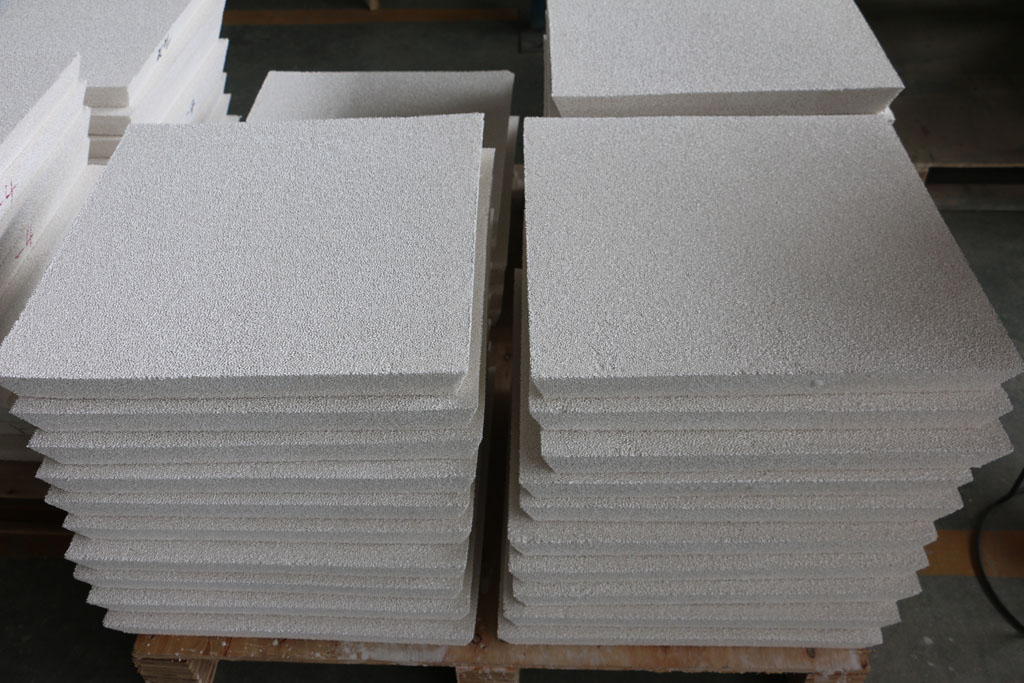
17 6月 Bangladesh China Foundry Filter
Bangladesh China Foundry Filter has been used for commercial purposes in the foundry industry and has been used in the aerospace industry to produce high-quality aluminum castings for such products for more than 40 years. In recent years, CFFs have been increasingly used in the non-ferrous and non-ferrous metal industries. The non-ferrous metal industry is very important in the physical purification of metals and is the most used filter medium, especially in the aluminum casting industry.
The type of CFF metal filtration can be divided into deep bed filtration, filter cake filtration or mixed filtration. The efficiency depends on the pore PPI (pores per inch) of the filter material. It is also related to the size distribution of the removed particles. PPI refers to the plastic used to make foam ceramics. The number of pore boundaries encountered per inch can be found from the average value.
The high-porosity ceramic Bangladesh China Foundry Filter has a value of 60-80 PPI only for quality-sensitive applications, such as surface-critical extrusion and sheet products. The structure of CFF creates a unique tortuous path for fluid flow, thereby trapping inclusions and allowing metal to flow cleanly and smoothly into the cavity.
Aluminum Casting Filter dimension: 660x660x50(26″), 584x584x50(23″), 508x508x50(20″), 432x432x50(17″), 381x381x50(15″), 305x305x50(12″), 228x228x50(9″), 178x178x50(7 ″).
In terms of cost and ease of use, ceramic foam filters (CFF) are generally considered to be the “best” placement filter acceptable performance characteristics. Their main advantages are: high filtration efficiency, low turbulence, high refractoriness, corrosion resistance, and suitable for the most demanding casting applications.

South Asian countries are located in the north of the Bay of Bengal. A small part of the southeast mountainous area is adjacent to Myanmar. It is adjacent to India in the east, west and north. There are still a large number of enclaves on the northern border. The total area of the country is 147,570 square kilometers.
In June 2015, India and Bangladesh reached a new border agreement. Bangladesh obtained 111 enclaves covering a total of 170 square kilometers. Residents within the enclaves have freely chosen their nationalities.
Most parts of Bangladesh have a subtropical monsoon climate, hot, humid and rainy. The rivers are densely distributed, and the river transportation is developed. The rainy season is very easy to flood, and tropical hurricanes often occur. The mineral deposits include natural gas, coal, titanium, zirconium, etc., and jute is the main economic source of Bangladesh.


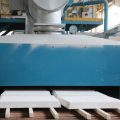
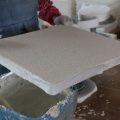
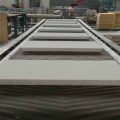
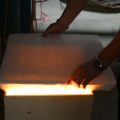
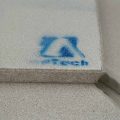
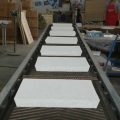
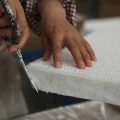
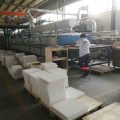
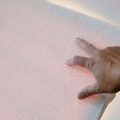
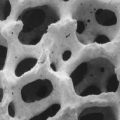
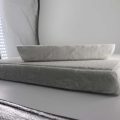
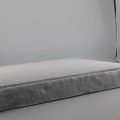
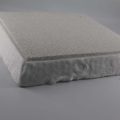
No Comments